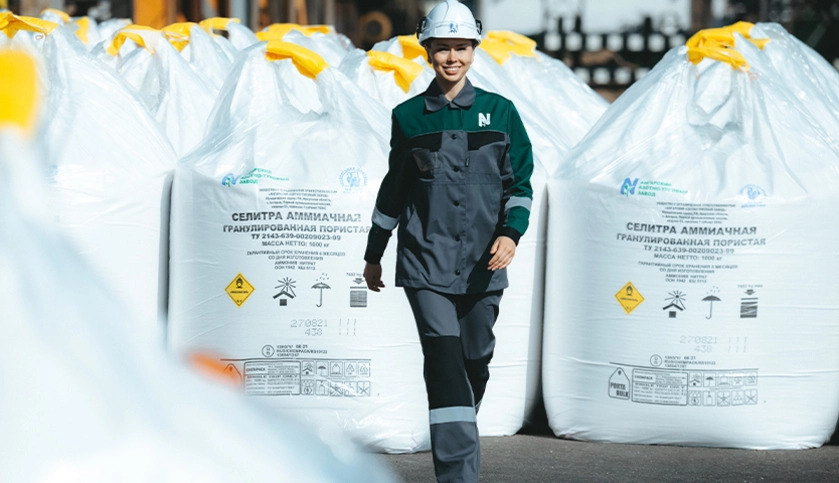1 Gruzovaya St., Kemerovo, Russia 650021
© 2007–2025 by Azot Group AO
Historical Background of Angarskiy azotno-tukoviy zavod OOO
Раскрытие информации
Historical Background of Angarskiy azotno-tukoviy zavod OOO
/
/
/
Table of contents
Foundation was laid for process facilities of the first stage of the liquid fuel plant between the Angara River and Kita River. It was expected, that high-octane gasolines can be produced by processing of Cheremkhovo coal and resins.
1949
Commencement of construction
Main facilities of the first stage of the Complex-16 project were put into service. Complex began to output the first products: methanol made from coal and sulfuric acid made by hydrosulfuric processes of vapor-phase hydrogenation.
1953
First stage facilities are put into service
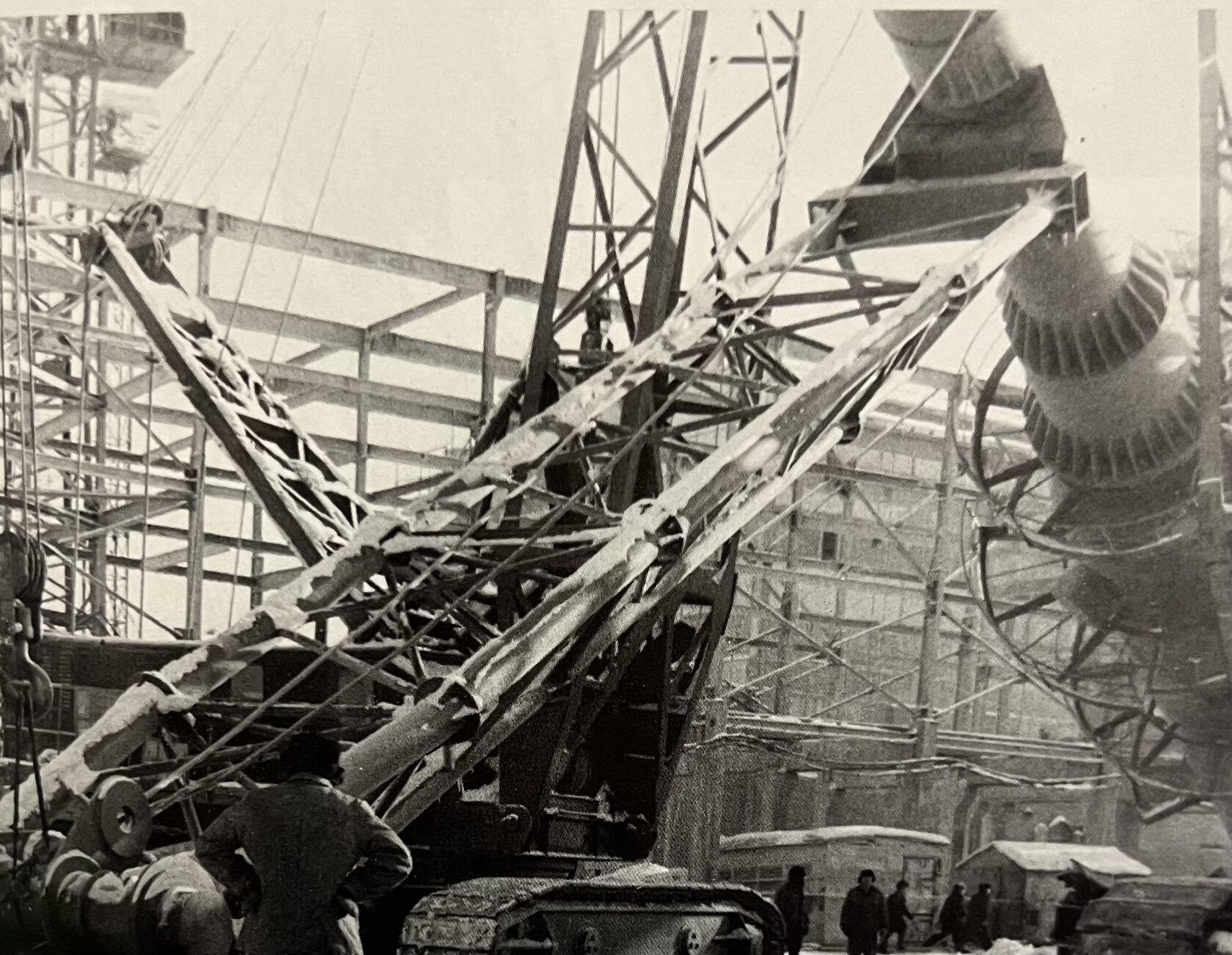
Complex-16 was conversed, since the process used to produce gasolines from coal could not ensure high productivity of the plants put into operation and required high expenses while return is low, which made gasoline production unprofitable. The complex should be transferred to fuel and chemical sector based on oil processing.
1955
Conversion to oil processing
In order to observe the directives of the CPSU Central Committee meeting, new oil processing and chemistry section—petrochemistry—was created at Complex-16.
1958
First ammonia is produced
In the shop No. 41 of Hydrogenation Plant, first ammonia was produced based on zero block process flow. A decision was made to use 25% aqueous ammonia as fertilizers. First batches of nitrogen fertilizers were sent to the fields of Irkutsk region. However, the first 25 KTPA Ammonia Plant could not meet the fertilizer demands even of Irkutsk region alone. The next step in this direction was the construction of Urea Plant in this year.
History of the Compound Nitrogen Fertilizer Plant begins with the Resolution of the USSR Council of Ministers on construction as a part of the Complex-16. Directorate of the plant under construction is arranged under the Direction of Irkutsk Sovnarkhoz.

In accordance with the Order of Director of Complex-16, Compound Nitrogen Fertilizer Plant No. 8 was established in May, that included plant No. 35 (crystalline urea production) and plant No. 86 (sulfuric acid production), and the facilities being currently retrofitted and constructed: production of ammonia, weak nitric acid, ammonium nitrate, formalin, urea-formaldehyde resins, and strong nitric acid.
1960
Plant formation and urea production
In august, Urea Plant was put into operation. But the capacity of one fertilizer plant was not enough. The two erected columns could produce about 70,000 tons of urea. Production of the first urea was accompanied with substantial waste. In addition, capacity was too small and there were serious process drawbacks.

1961
Ammonia Synthesis Plant is put into service
In December, Ammonia Synthesis Plant No. 34 was put into service.

Plant No. 34's ammonia start-up shift
In January, first tons of liquid ammonia were produced.
1962
Liquid ammonia is produced
On February 18, the first unit of the plant No. 33 had output the first tons of weak nitric acid—raw material for production of ammonium nitrate. This date is considered as the Birthday of the enterprise.
In early March, Ammonium Nitrate Plant No. 36 was put into operation.
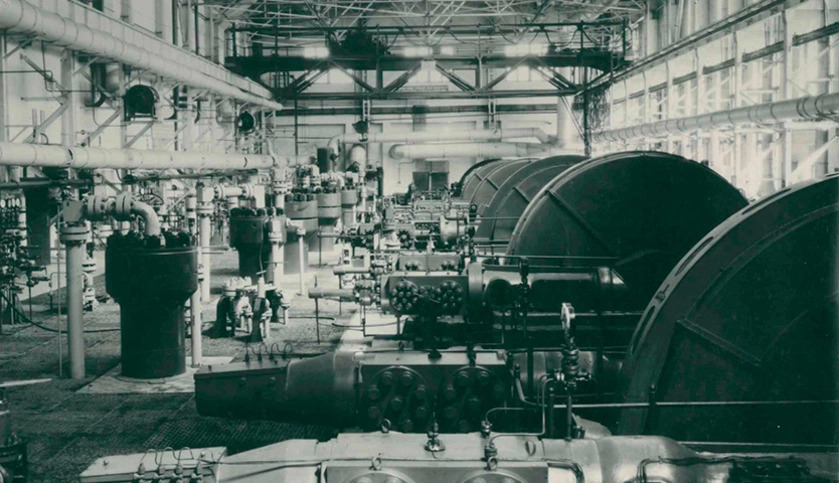
Production of strong nitric acid is launched, production of formalin and phenolformaldehyde resins is set up. First tons of ammonium nitrate are produced. A new product, granular urea, is produced.
1963
Production of strong nitric acid is launched
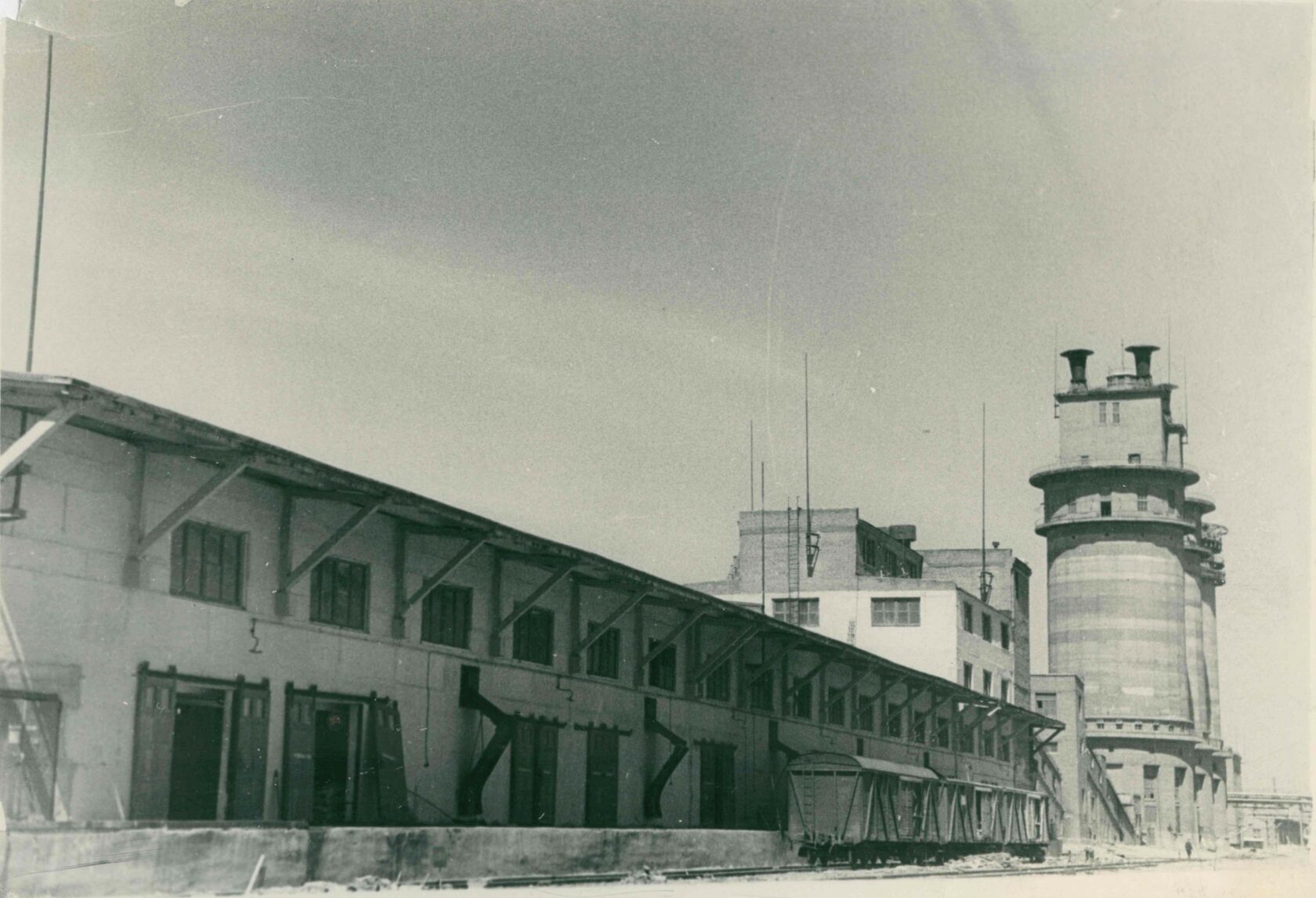
The plant has supplied fertilizers to the area from Magadan to Urals, and some China regions were among the product consumers.
1965
The plant has reached full capacity
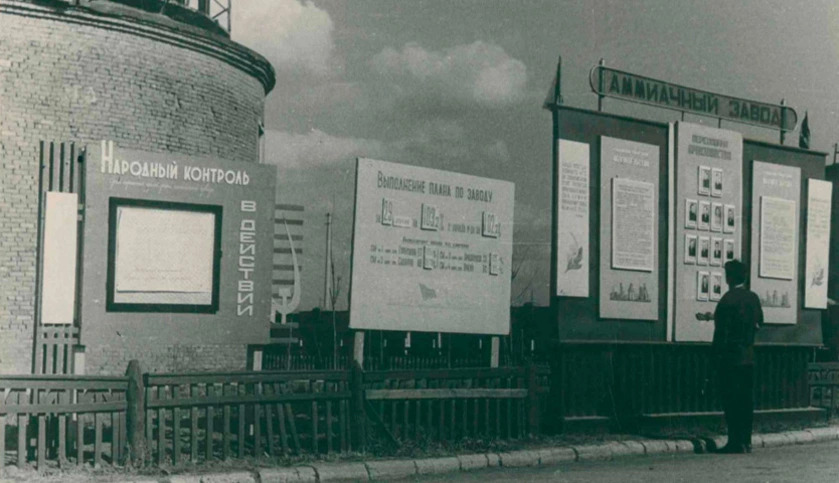
Construction of Urea Plant No. 83 is commenced.
1966
Construction of Urea Plant is commenced

On November 7, the first granular urea is produced.
1967
Granular urea is produced

1968
First tons of granular urea are produced
In the early January, the first tons of granular urea are produced using complete process flow chart.
Cuprammonium gas purification plant No. 46/48 and sulfuric acid plant No. 86 were put into service.
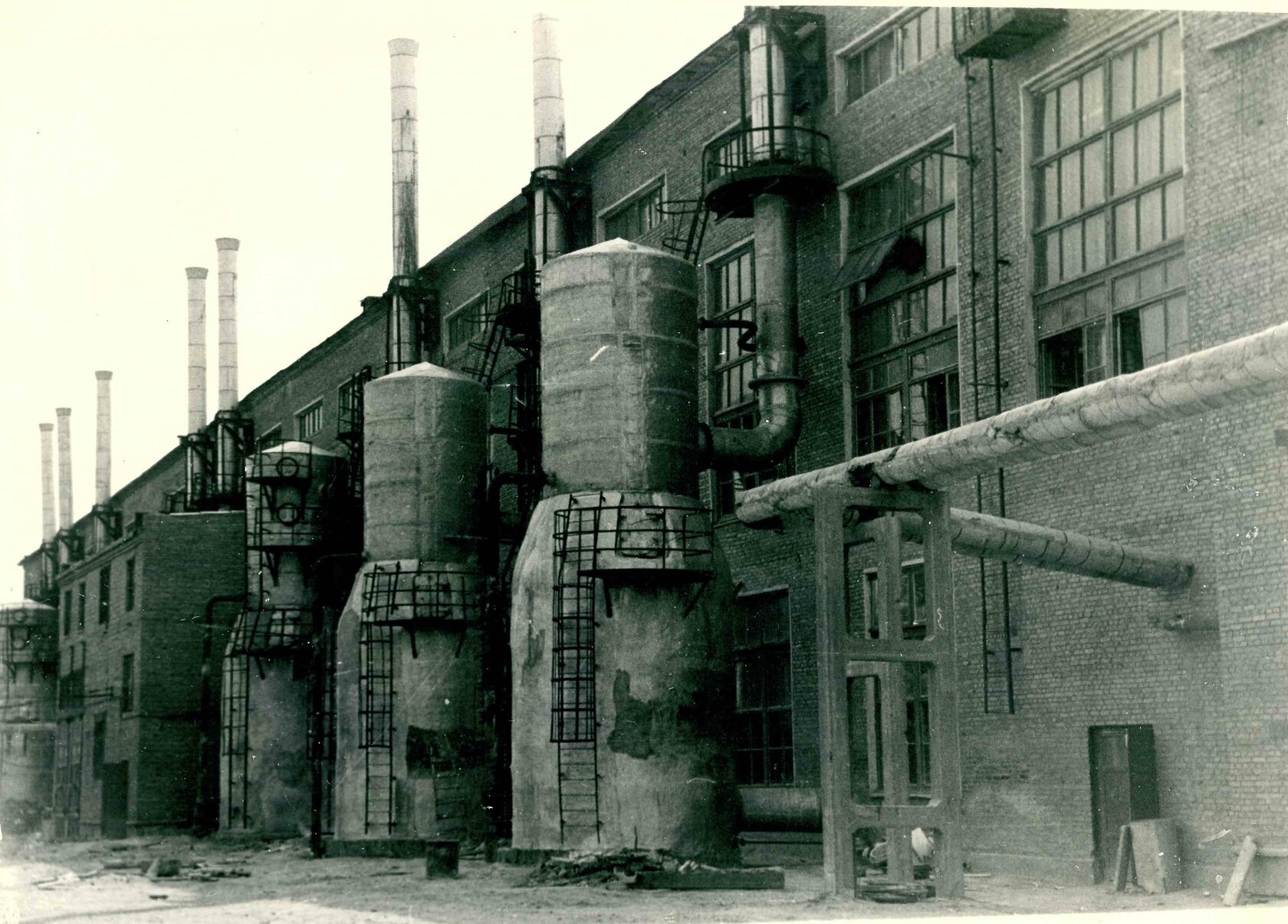
Storage for ammonium nitrate solution is put into service at the plant. In this relation, the plant personnel became the first in the country. This enabled increasing of product quality and improving operation of interconnected plant workshops.
1969
Storage for ammonium nitrate solution is built

Retrofitting of ammonium nitrate plant is completed. Three final ammonium nitrate melt concentration units are put into operation. These measures resulted in production of ammonium nitrate with improved caking performance. In order to improve grain size distribution of ammonium nitrate, new granulators were installed at the plant. This resulted in improved grain size distribution of ammonium nitrate.
1970
Retrofitting of ammonium nitrate plant

In accordance with the Order of the USSR Petrochemical Industry Ministry dated June 30, 1976, the Angara Petrochemical Complex was reorganized into ANOS PO. Reorganization of production plants has started. As a result, plants No. 46 and No. 34 became a part of Compound Nitrogen Fertilizer Plant. Plants No. 35 and 88 were merged into a single plant No. 35/88. Plants No. 86 and 29 are removed from the plant.
1976
The complex is renamed to ANOS PO

A decision is made to build new large capacity production plants: 450 KTPA Ammonia Plant and 330 KTPA Urea Plant. An order for ANOS PO was issued to make arrangements for Mineral Fertilizer Plant. Since the Mineral Fertilizer Plant was formed, the Compound Nitrogen Fertilizer Plant was named as old site, and the future large capacity Ammonia and Urea Plants were called as new site. Since then, the both mineral fertilizer plants started parallel operation.
1978
Construction of new large capacity production plants
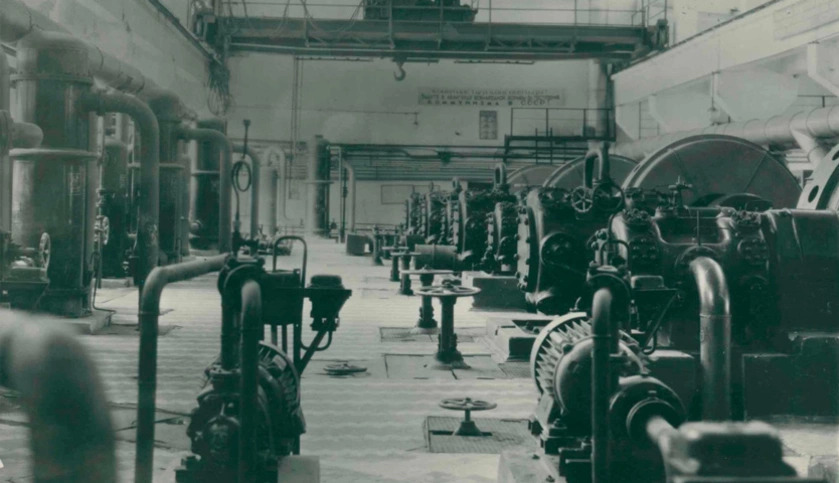
Urea Plant No. 83 was removed from the Compound Nitrogen Fertilizer Plant and included in the Mineral Fertilizer Plant.
1981
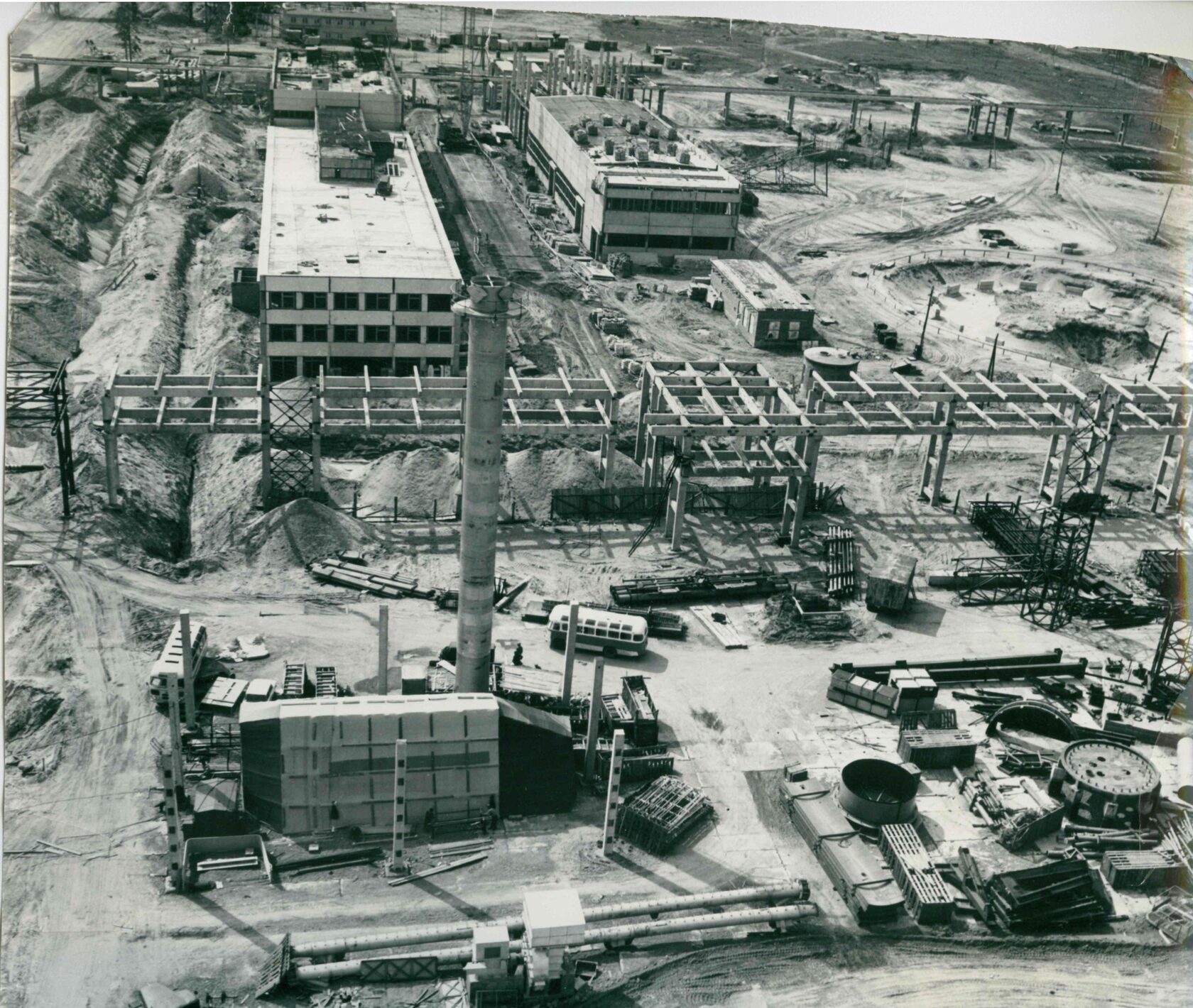
Rotation of Plant No. 83
Large capacity Ammonia Plant was put into operation.
1983
Large capacity Ammonia Plant is put into operation
In September, first ammonia was produced from gasoline. The old ammonia process, obsolete and non-environment-friendly, was shut down.
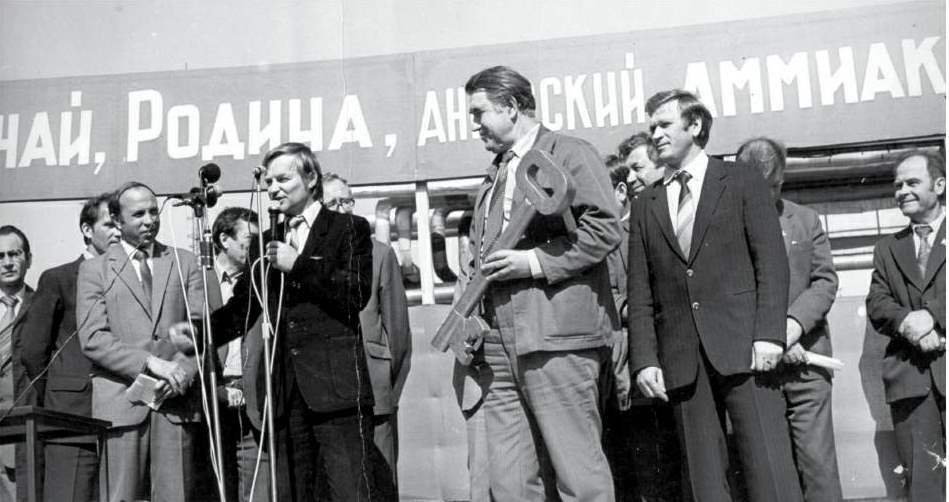
Large capacity Urea Plant is started.
1984
Large capacity Urea Plant is started
In July, Compound Nitrogen Fertilizer Plant and Mineral Fertilizer Plant were merged into a single plant—Nitrogen Fertilizer Plant. This was related, first of all, with the need to reduce the number of workplaces and constant mess in product accounting documentation between the two plants.
1985
Plants are merged

The first stage of automatic control system of the plant was put into service. This system was created for plant No. 85 by specialists of Experimental Automation Design Office managed by E. M. Shlikhter.
1987
Introduction of automatic control system
ANOS PO was reorganized into Angarsk Petrochemical Company.
1992
Renamed to ANHK

1997
Renamed to Angarsk Nitrogen Fertilizer Plant OAO
On September 23, under the Decision of Mayor of Angarsk Municipal District, the ownership form was changed from production association to open joint-stock company Angarsk Nitrogen Fertilizer Plant.
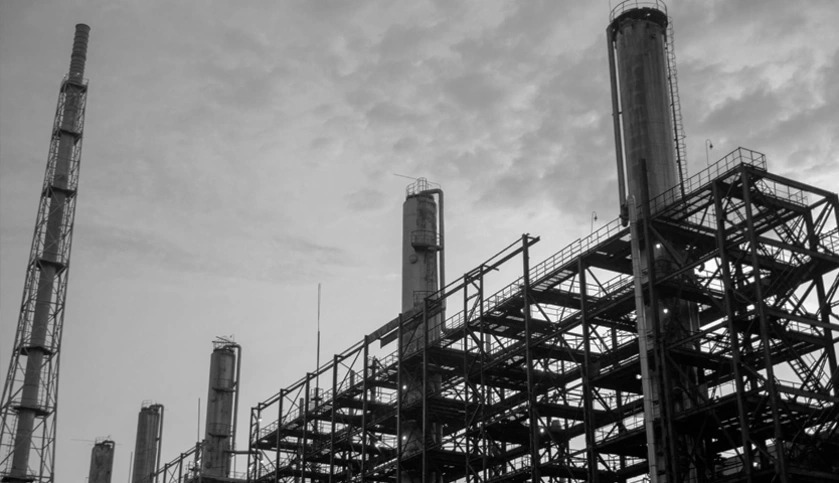
Production gains momentum again. For the first time in Russia, AZMU has developed new products: calcinated ammonium nitrate that is non-explosive and highly demanded by agricultural producers, and porous ammonium nitrate for mining industry.
2003
Production gains momentum again
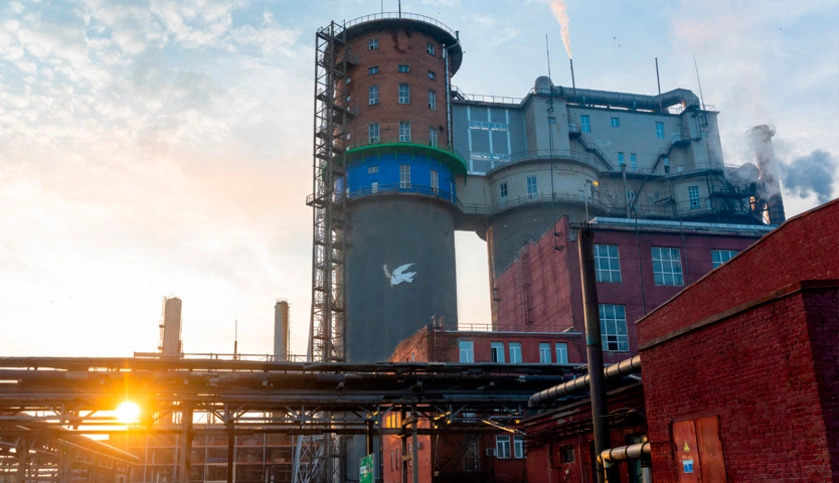
Angarsk Compound Nitrogen Fertilizer Plant OOO was named by its current name on August 5.
2004
Renamed to Angarsk Compound Nitrogen Fertilizer Plant OOO
Calcinated ammonium nitrate produced by the plant was awarded the Diploma of regional contest 100 Best Russian Goods.
After 18 year shutdown, Weak Nitric Acid Unit No. 8 is repaired and put into operation, which allowed to increase ammonium nitrate capacity to 270 KTPA.
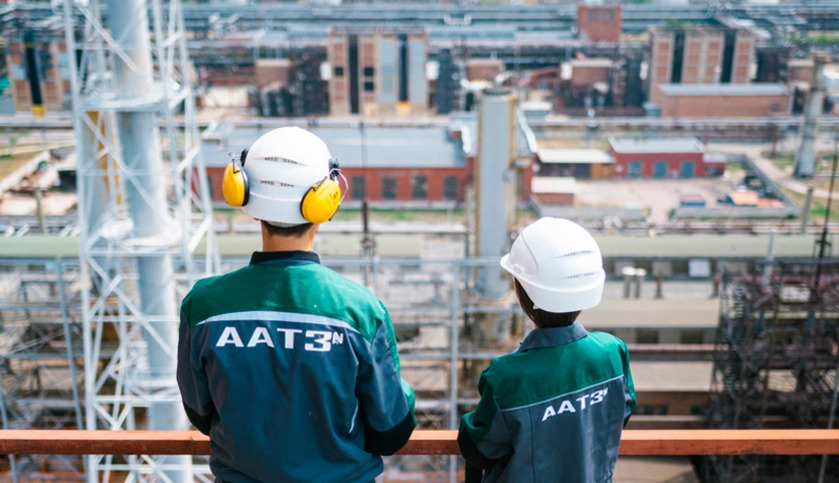
A complicated process of transfer to Sibur-Minudobreniya OAO holding has begun. 300 persons were employed by the plant. With the new owner, mass personnel rotation didn’t take place, and key staff could be kept. By this time, two production facilities were in operation at the plant: weak nitric acid and ammonium nitrate.
2007
Transfer to Sibur-Minudobreniya OAO holding

In the first half-year, the plant managed to exceed design capacity and produced 214,000 tons of products. For the entire year, retrofitting and replacement of old equipment took place at the plant. Ammonium nitrate packing system that uses 500/1,000 ton containers was completely automated. Automatic Process Control Systems were introduced at each acid unit, at ammonium nitrate plant, at liquid ammonia drainage and storage section. The fleet of car-lift trucks was completely renewed at the shipping section.
2011
Transfer to SDS holding company
In August, on-site reporting meeting of management of all SIBUR Holding enterprises took place. The meeting was arranged by AATZ OOO personnel. Based on half-year results, personnel of Compound Nitrogen Fertilizer Plant were recognized as the best of 51 enterprises of SIBUR Holding OAO.
In the end of the year, Angarsk Compound Nitrogen Fertilizer Plant OOO has become a part of the SDS holding company. This opened new vast prospects for the East Siberian enterprise.
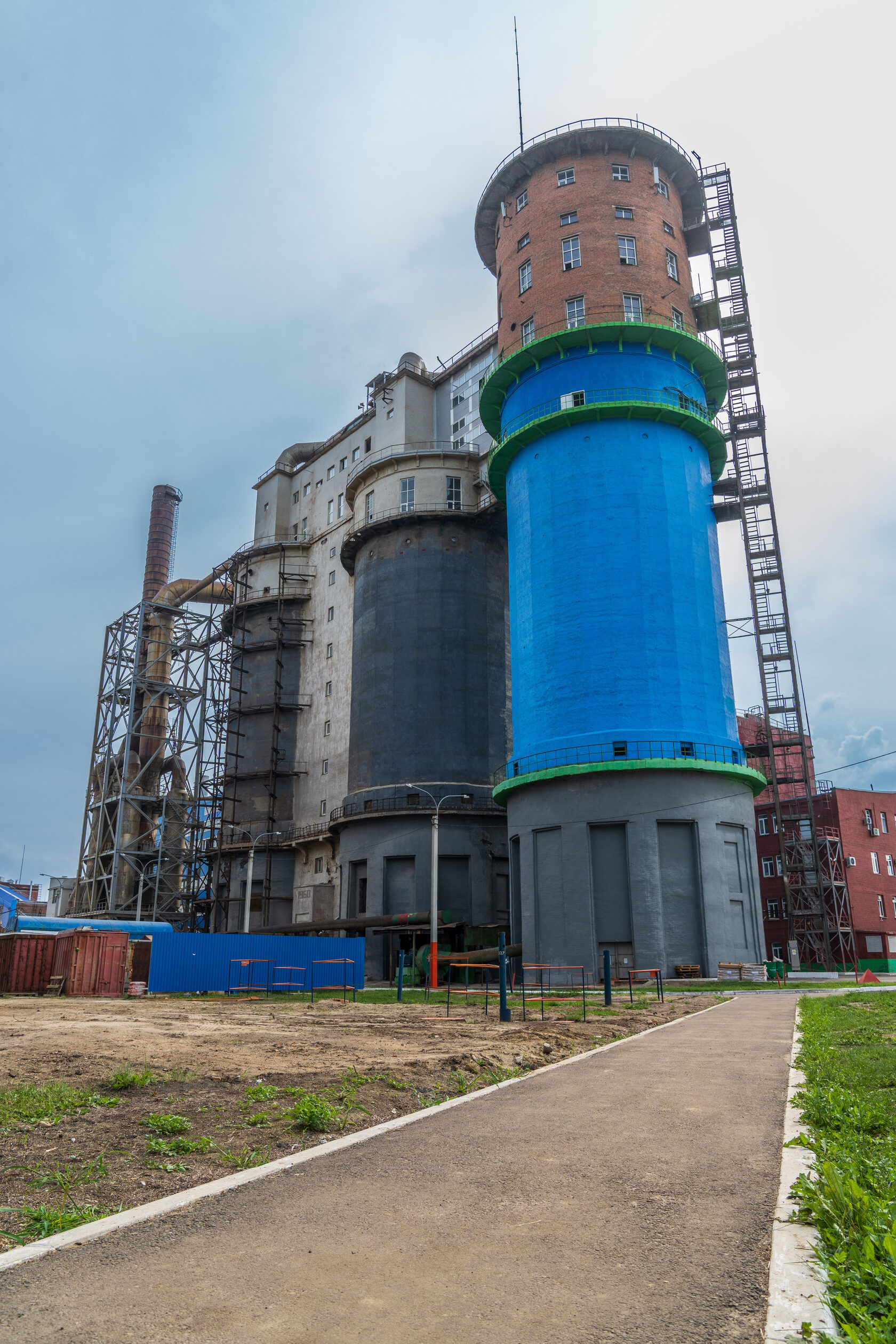
Commercial production of porous ammonium nitrate with improved quality was started based on the process provided by CFI Holding, Singapore.
2018
Production of porous ammonium nitrate is started
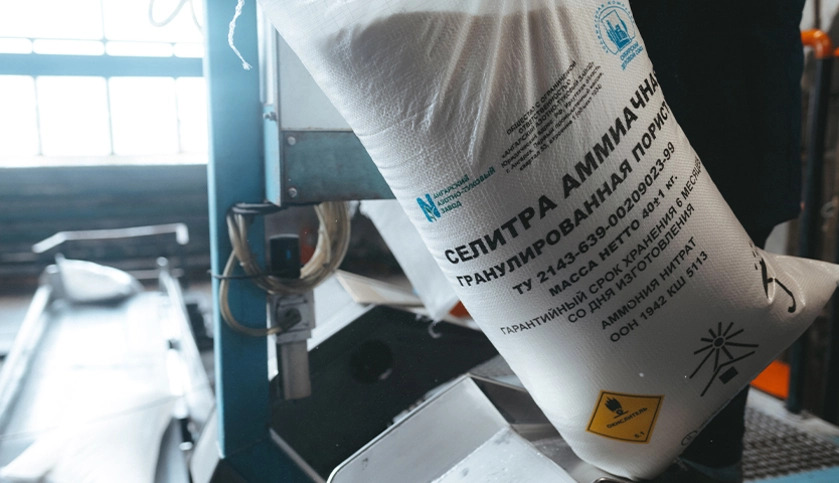
Project is implemented to increase capacity of Ammonium Nitrate Plant to 300 KTPA.
2021
Ammonium nitrate plant capacity is increased
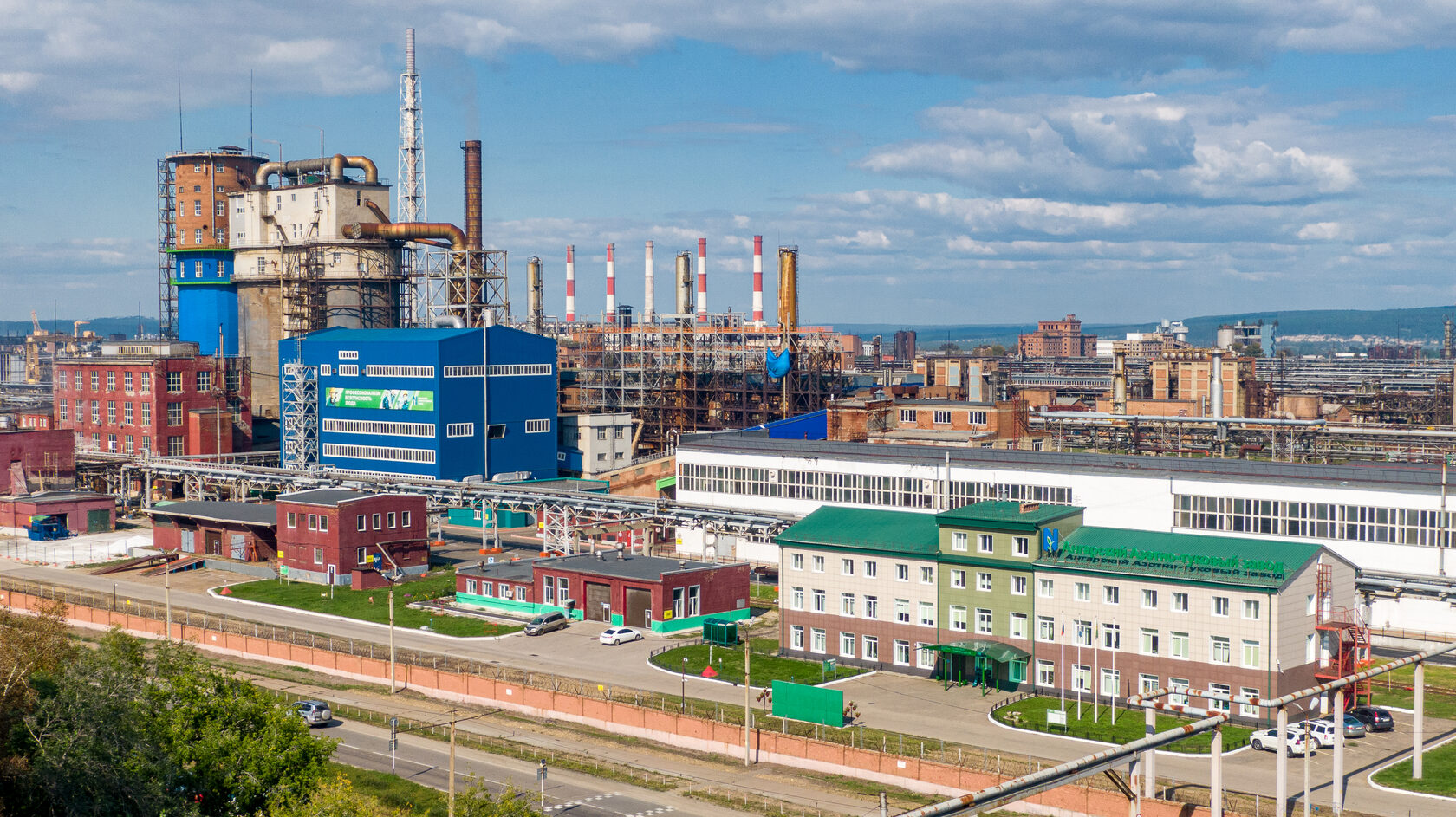
330 KTPA of porous ammonium nitrate program is accepted for implementation.
2023
330 KTPA program
Annual production output has reached the planned output.
